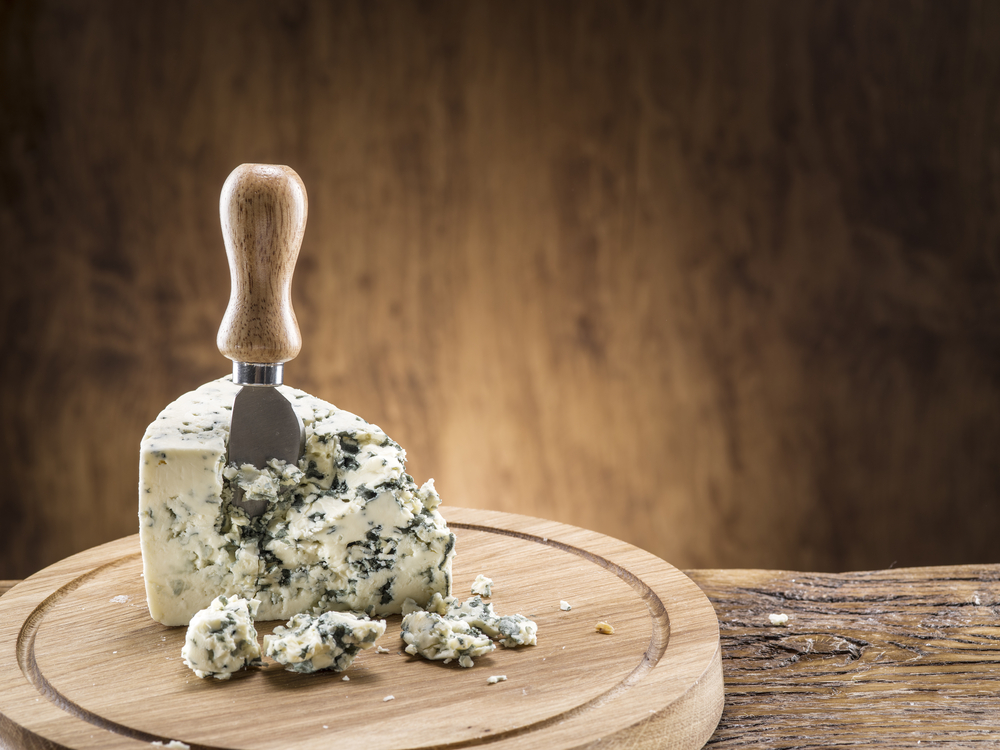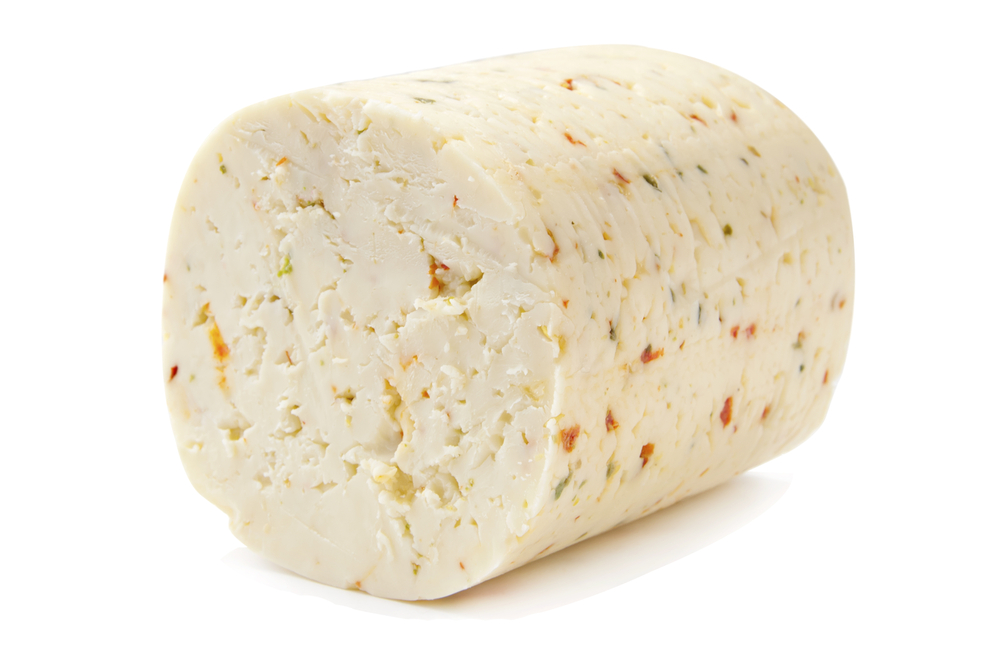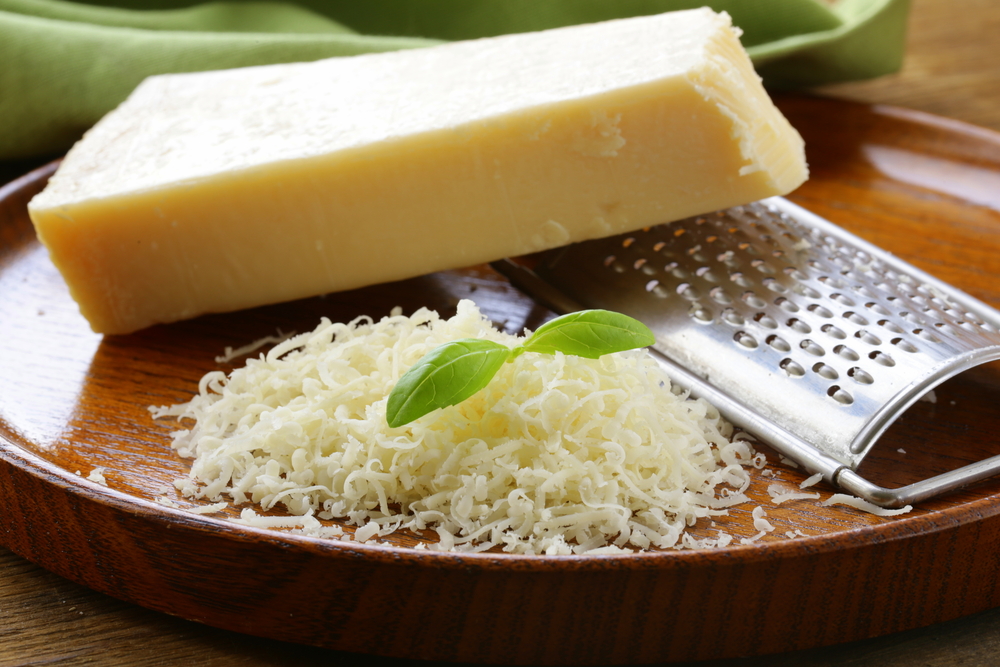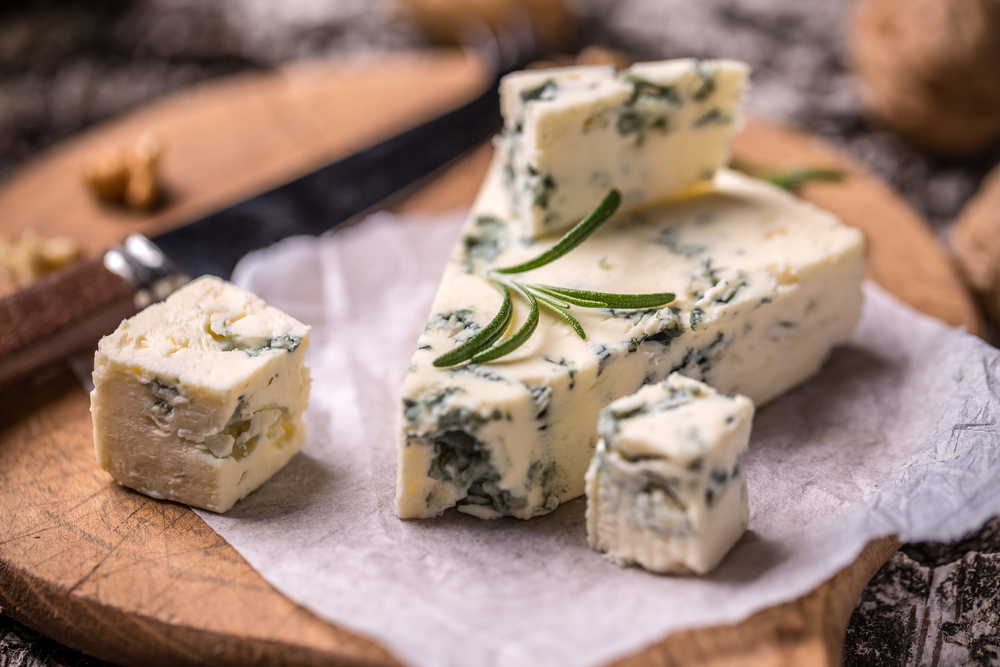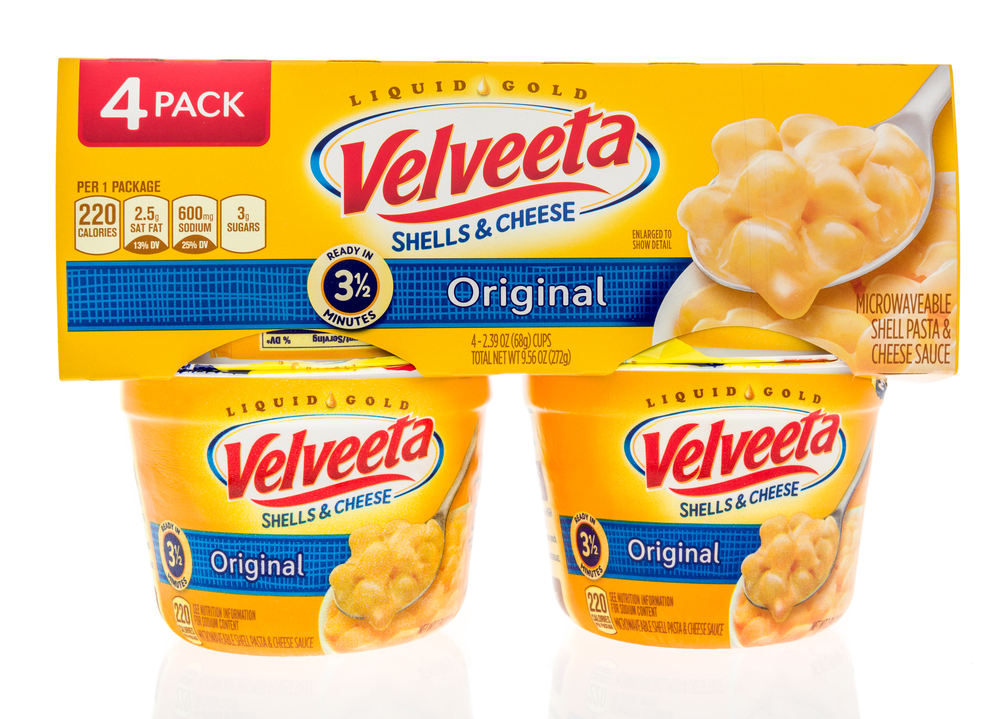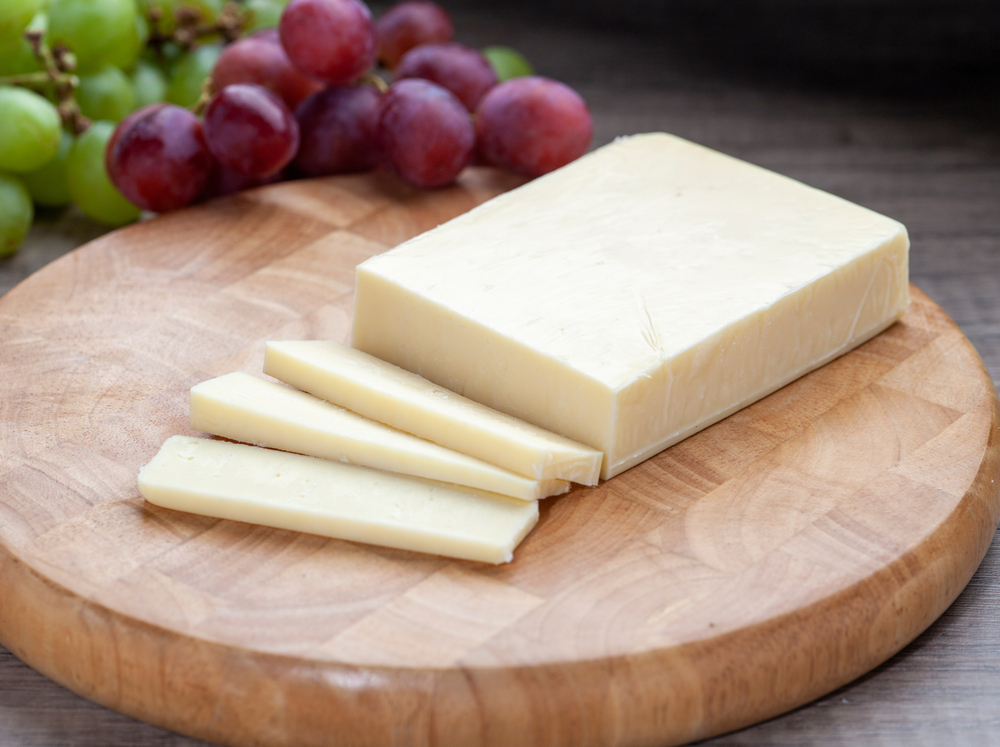Everyone knows the usual cheeses: parmesan, cheddar, american. Some even know slightly less popular cheeses like provolone. But Stilton cheese may be a bit beyond some people, especially those new to cheese.
Stilton cheese has a pungent sort of flavor. White is less salty and overall more mild, while blue is considerably more powerful with a more spicy oily sort of flavor profile.

This article will go over this veiny cheese – the flavor, the appearance. Everything to know about Stilton cheese.
What is Stilton Cheese
Stilton cheese is an English cheese well known for its scent. The only cheese which is allowed to be called Stilton is made following extremely strict guidelines in 3 English counties – Derbyshire, Leicestershire, and Nottinghamshire.
There are two types of Stilton cheese: Stilton blue, which is quite popular, and Stilton white which is seen less often. While the production of Stilton follows close guidelines, the end product isn’t as regulated so you’ll need to choose your cheese carefully to get the best quality.
Flavor
The taste of Stilton cheese depends on if you’re getting the blue or white variety.
White Stilton is more mild. It’s less salty with a more subdued flavor.
Blue Stilton, which is a more mature cheese with heavily pronounced blue veins) is stronger. It’s a bit spicy and somewhat oily, with a deeply rich and slightly fruity undertone.
Both varieties are creamy and soft, but with a smooth and crumbly texture.
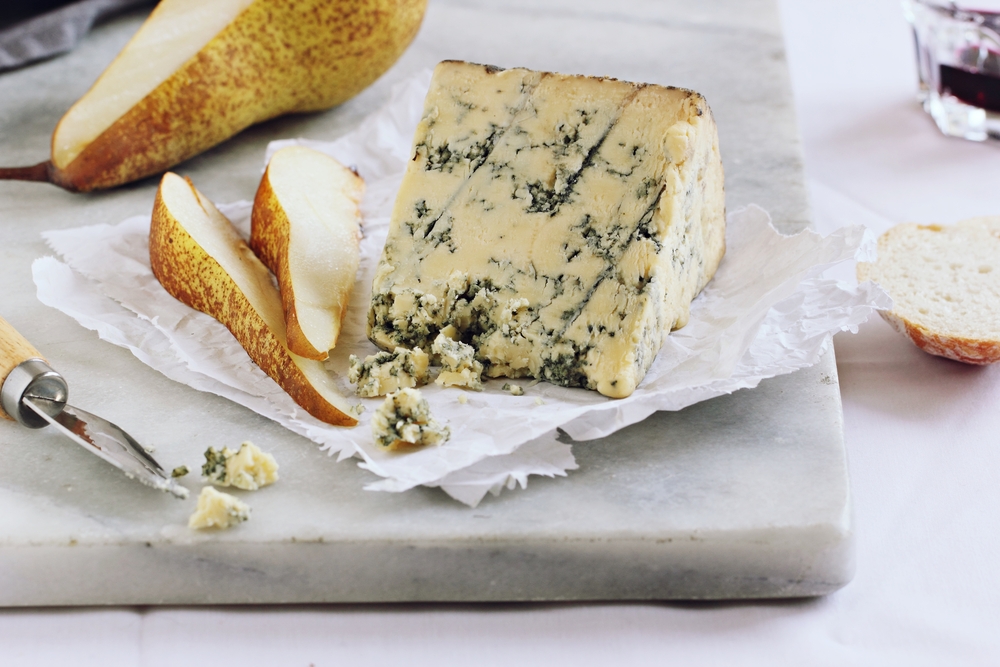
Smell
The older Stilton is, the more flavorful and stinky it gets. The aroma of matured blue Stilton cheese is intense. When served at room temperature, it gets even more bold.
Appearance
Blue Stilton cheese has a distinctive, prominent blue vein of mold. White Stilton lacks this.
Where Does Stilton Cheese Come From
Stilton cheese was first made in the Midlands of England, and gets its name from the village of Stilton. Though, funnily enough, it was never made in Stilton. It was produced in a nearby town, Melton Mowbray, but sold in Stilton and became associated with the village.
It’s produced in much the same way today as it was in the 1700. It’s the only cheese graced with a certification trademark in England, despite how prominent cheese is among the culinary culture of Britain.
Is Stilton Cheese Good For You
Stilton cheese is very good for you! It’s full of ascorbic acid, which is well known to strengthen the immune system and bolsters the protective functions of your body. It has a healthy dose of iron which improves heart health and blood composition. Not to mention the choline in Stilton helps the body normalize the levels of bad and good cholesterol in the blood.
It’s not super low calorie – not many cheese will boast this – but it’s packed to the brim with healthy vitamins and minerals, like Vitamin A, group B Vitamins, potassium, calcium, and magnesium.
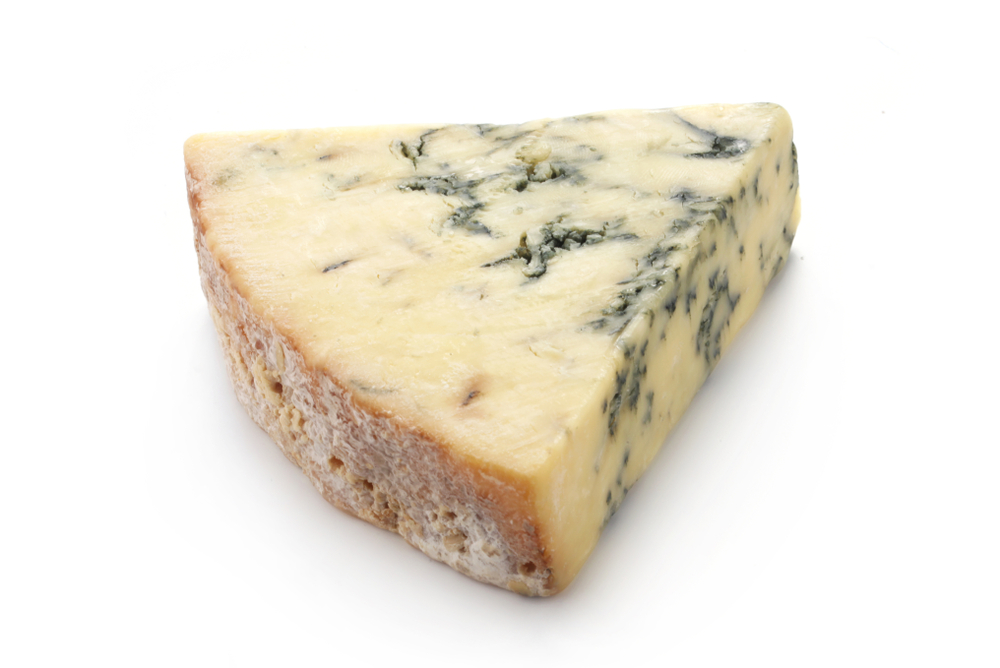
How to Eat Stilton Cheese
There are quite a few foods and flavors that go well with the flavors of Stilton. Things like nuts, crackers, certain types of bread. Even veggies can pair nicely with it, like broccoli and celery. It’s often eaten with pears or celery, or added to vegetable soups for a unique flavor.
If you’re making a snack plate, you can serve it with toasted bread, biscuits, or crackers. You can even make it into a blue cheese steak sauce or salad dressing.
Typically it’s eaten at Christmas time, and as it matures the crust will begin to form naturally, making it just as edible as the cheese itself – unlike other varieties like Port-Salu.
To get the most out of the unique flavors of Stilton cheese, you’ll want to let it reach room temperature. It will maintain its firmness and texture.
If you’re interested in bringing out more of the subtle sweetness of white Stilton, you can pair it with dried fruits, walnuts or apple slices. Drizzle the cheese with a bit of honey, on a cracker with a fresh slice of honeycrisp apple.
There’s not much that goes as well with cheese as wine does. Dessert wines pair very well with this aromatic cheese, but other types of wine can be used as well. Big reds and sherry are good, and so is champagne or other types of sparkling wines – dry or sweet.
Stilton Cheese Substitutes
If you don’t want to use Stilton cheese for whatever reason, not being able to find it or just not enjoying the pungent flavors, there are other options available.
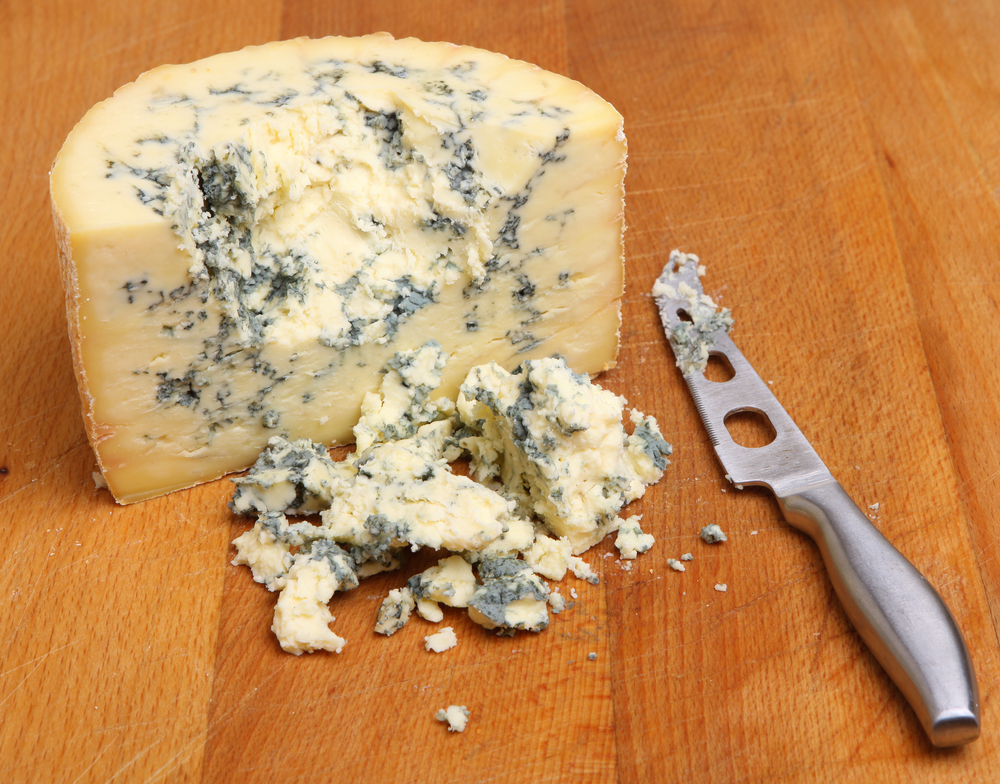
Stilton is a member of the blue cheese family, so really any other type of blue cheese will be a suitable replacement in whatever recipe or snack plate you’re wanting to make.
Gorgonzola is one of the best options as a replacement blue cheese for Stilton. It’s an Italian cheese with practically an identical consistency and crumbly but smooth texture, and the flavors of Gorgonzola have a wide range from mild to extremely pungent. Just like with Stilton, the strength of the flavor and aroma depends entirely on the age of the cheese.
If this doesn’t work for you, another option is Castello Traditional Danish Blue. It’s an even milder taste than Gorgonzola and white Stilton. It’s a creamy smooth cheese with an earthy tone similar to mushrooms. It has gorgeous raw marbling that spreads across the entire body of the cheese, giving it a classy porcelain appearance.


